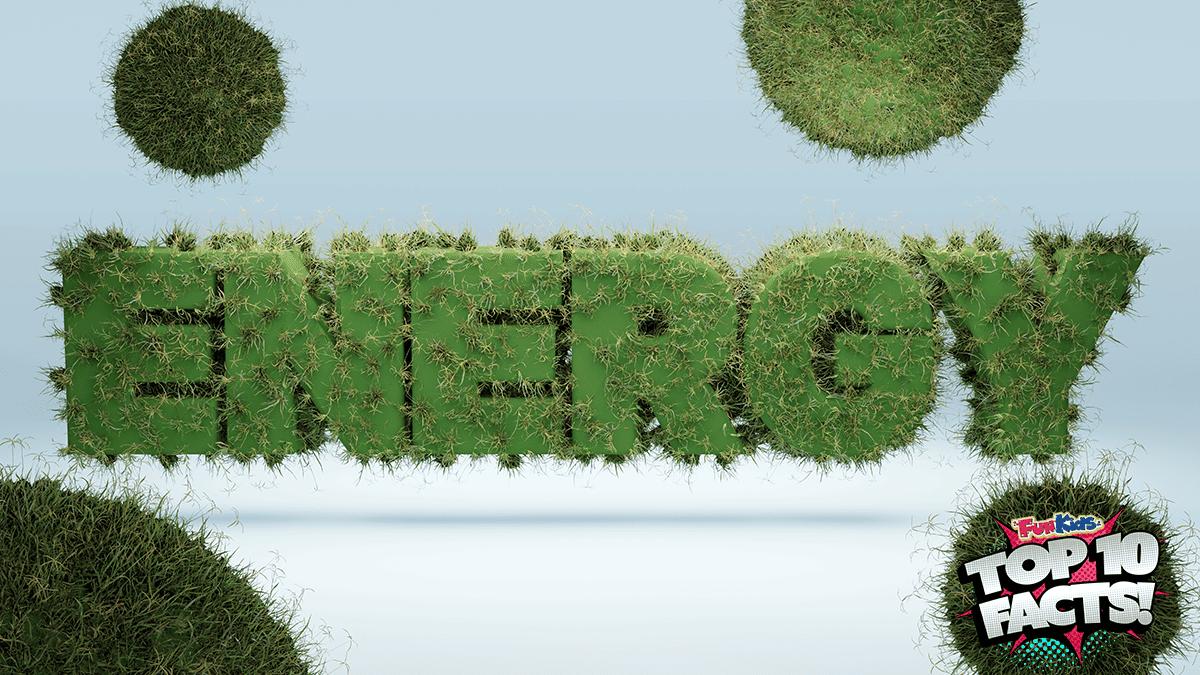Biomass energy is one of the most promising sources of renewable energy and is rapidly gaining in popularity. Biomass energy comes from organic sources such as wood, agricultural residues, food waste, and animal manure, and is a clean, renewable alternative to non-renewable sources of energy such as fossil fuels.
We’re exploring ten fascinating facts about biomass energy, including its potential to reduce our dependence on fossil fuels and its environmental benefits.
1. Biomass energy is a renewable source of energy that is produced by burning organic matter such as wood, crops, and animal waste.
Biomass energy is a renewable source of energy because it comes from organic matter that can be replenished.
Burning organic matter such as wood, crops, and animal waste releases energy in the form of heat which can then be converted into electricity.
This process is considered more environmentally friendly than burning fossil fuels because it does not result in the release of carbon dioxide and other pollutants.
2. Biomass energy is among the most widely used forms of renewable energy, and it accounts for approximately 10% of the world’s total energy consumption.
Biomass energy is the energy from organic matter, such as wood, agricultural waste, and other biological materials.
It is one of the most widely used forms of renewable energy because of its availability, affordability, and environmental friendliness.
It’s estimated that biomass energy accounts for approximately 10% of the world’s total energy consumption.
This is due to its ability to provide a reliable and sustainable source of energy that can meet the needs of a growing global population.
3. Biomass energy can be used to generate both electricity and heat.
Biomass energy can be used to generate both electricity and heat because biomass is a form of renewable energy.
When burned, the energy released from biomass can be used to generate electricity or to heat buildings or other spaces.
4. Biomass energy can be used to power cars and trucks, which helps reduce the dependence on fossil fuels.
This type of energy can be used to power cars and trucks, which helps reduce the dependence on fossil fuels.
It can be used to produce biofuels, such as ethanol or biodiesel, which can be used in vehicles.
Fossil fuels are resources that are not renewable, meaning they will eventually run out.
By using biomass energy to power vehicles, we can reduce our reliance on these fossil fuels and reduce the pollution caused by their use.
5. Biomass energy is renewable and sustainable.
Biomass energy is renewable, sustainable, and carbon-neutral because it is produced from organic materials such as plants and animals, which can be replenished over time.
6. Biomass energy has the potential to create new jobs in rural and urban areas.
Biomass energy is produced locally and has the potential to create new jobs in rural and urban areas.
These jobs could include manufacturing, processing, and installation of biomass energy technologies, as well as the production and distribution of biomass fuels.
The use of biomass energy can help create new economic opportunities in rural areas, where access to other sources of energy may be limited.
7. Biomass energy has the potential to reduce air pollution and greenhouse gas emissions.
When burned, biomass produces heat that can be used to generate electricity or to heat buildings.
This process produces fewer pollutants and greenhouse gas emissions than traditional fossil fuels.
As a result, biomass energy has the potential to reduce air pollution and greenhouse gas emissions, making it a brilliant alternative to traditional sources of energy.
8. The use of biomass energy can help reduce landfills and reduce the amount of waste that goes into them.
The advantage of using biomass energy is that it can help reduce the amount of waste that goes into landfills.
By using biomass energy, organic materials can be reused and recycled rather than discarded, helping to reduce the amount of waste that finds its way into landfills.
Burning biomass materials releases less pollutants into the atmosphere than burning fossil fuels, helping to reduce the amount of greenhouse gases released into the environment.
9. Biomass energy is considered a “carbon neutral” energy source.
Biomass energy is considered a “carbon neutral” energy source because the carbon dioxide emitted when it is burned is the same amount of carbon dioxide the plants absorbed from the atmosphere while they were growing.
Therefore, the carbon dioxide emissions from the burning of biomass is zero.
10. Biomass energy is one of the oldest sources of energy used by humans, and is still used in many parts of the world today for cooking, heating, and generating electricity.
Biomass energy has been used by humans for centuries as a source of heat, light, and power.
Today, biomass is still used in many parts of the world, particularly in rural areas and developing countries, to provide cooking and heating energy, as well as to generate electricity.
Send us your favourite facts!
Is there something we've missed? Got a fact you're dying to tell us? Submit it below and we could use it on a future Top 10 Facts page!
Remember to always ask an adult before filling out forms online.
Top 10 Facts
From the Tudors to rocks to fish, we have all the best facts right here!
More From Top 10 Facts






